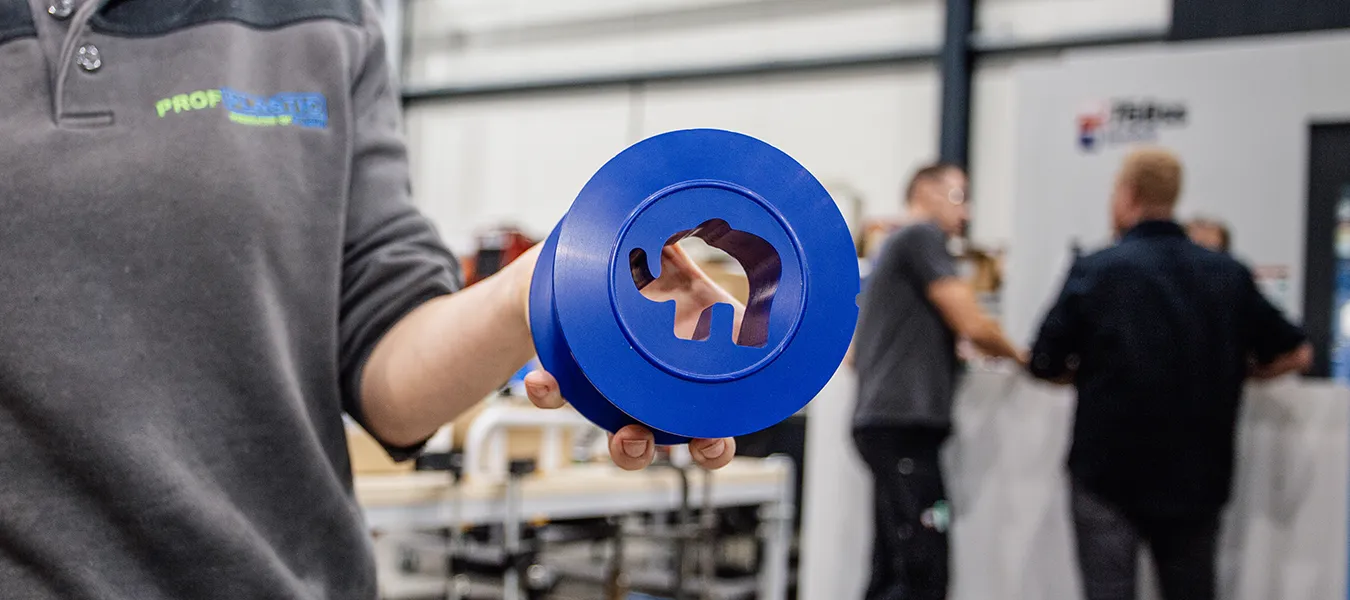
Blue plastics
Blue plastics are plastics that are colored in a blue hue, which can be achieved through the use of specific dyes or pigments during the production process. These plastics are often used in applications where color coding is important, both for functional and aesthetic reasons. Here is an overview of blue plastics, including their properties, benefits, and applications.
Properties of Blue Plastics
- Color: The blue color can vary from light blue to deep blue, depending on the dyes or pigments used. The color can be adjusted during production to meet specific requirements.
- Mechanical Properties: The mechanical properties of blue plastics depend on the type of plastic and the dyes used. Typically, the dyes do not have a significant impact on strength, stiffness, or other mechanical properties.
- Chemical Resistance: The chemical resistance of blue plastics depends on the base material (e.g., polyethylene, polypropylene, etc.), and not directly on the color. However, dyes may have a slight effect on chemical resistance.
- Processability: Blue plastics are processed using standard plastic processing techniques such as injection molding, extrusion, and thermoforming. The processing method must be adjusted to the type of plastic and dyes used.
Benefits of Blue Plastics - Color Coding: Blue plastics can be used for color coding in various applications, making identification and organization easier.
- Aesthetics: The blue color can contribute to the aesthetic appeal of products and achieve a desired visual effect.
- Safety: In some cases, the blue color helps in identifying plastic particles in food or pharmaceutical products, where contamination prevention is critical. This can also make detecting broken pieces or lost parts easier.
- Brand Identity: Using specific colors can help reinforce brand identity and product differentiation.
Applications of Blue Plastics - Food Processing: Blue plastics are often used for food processing equipment and tools to aid in detecting plastic particles that may end up in food. The color makes it easier to spot these particles, as blue is an unnatural color.
- Medical Sector: In the medical and pharmaceutical industries, blue plastics are sometimes used for tools and equipment to facilitate visual recognition and meet certain hygienic standards.
- Consumer Products: Blue plastics are used in various consumer products, from household items to toys, where color serves either an aesthetic or functional purpose.
- Industrial: Blue plastics can be used in industrial applications for components such as enclosures, switches, and other parts that require color coding.
- Signaling: Blue plastics are sometimes used for signaling and marking, such as in the form of signs or labels.
Colors and Dyes - Pigments: Blue plastics are colored with blue pigments that are stable during processing and use. Pigments are often more resistant to UV radiation and chemical influences than dyes.
- Dyes: In some cases, dyes are used, especially when transparent or less intense colors are needed. Dyes can affect the transparency and some mechanical properties of the plastic.
Processing and Manufacturing - Color Mixing: During production, dyes or pigments are added to the plastic mix to achieve a uniform color. This typically happens during the extrusion or injection molding process.
- Testing and Control: It is important to check the color consistency and properties of the final product to ensure the color does not compromise the performance or quality of the plastic.
ConclusionBlue plastics offer an aesthetically appealing and functional option for a wide range of applications. The blue color helps with identification, color coding, and brand recognition, while the mechanical and chemical properties of the plastic remain intact. Whether in food processing, medical devices, or consumer goods, blue plastics play an essential role in meeting specific color and functionality requirements.
Interested in the blue plastics that Profplastic can supply? Contact us today!
